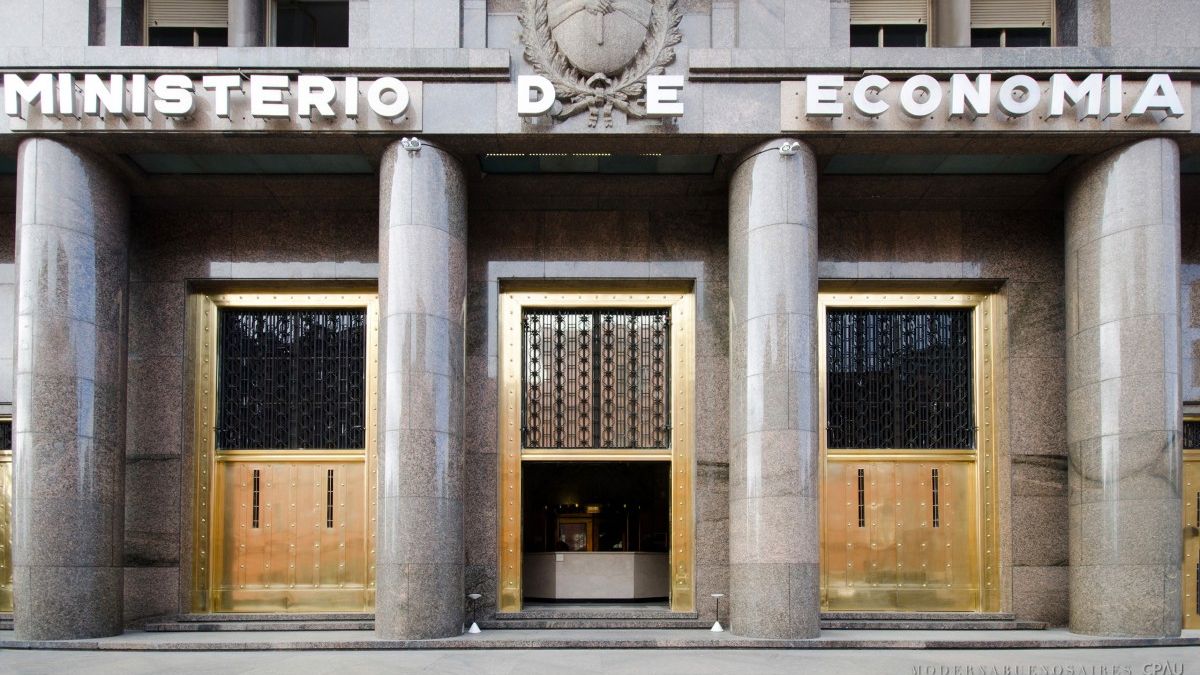According to the financial consultancy GMA Capital, “the fact that in 2022 there will be no Solidarity Contribution (0.5% of GDP) implies that the Treasury must reduce the deficit by 1 point compared to 2021.”
“With the BCRA limited to funding 1% of GDP, the peso market will have to finance 1.1% of the product. Thus, there will be a greater need for funding from banks (bonds for reserve requirements, monetary expansion) and institutional investors (new regulations to FCIs and insurance companies),” he said.
In his last report he stated that “The stocks continue to be a stumbling block for the accumulation of dollars because, although it slows down the exit, it makes it impossible to enter through the financial channel and discourages direct foreign investment”.
“We will probably see new turnstiles in the regulations, with economic activity among the main victims, in pursuit of the accumulation of US$5 billion,” the consultant said. Similarly, the fund manager MegaQM maintained that the understanding, as announced, implies a fiscal effort that “is demanding, but achievable”.
“It implies cutting 1 percent of the GDP, considering that the extraordinary income of 2021 will not be repeated. The projected economic growth, higher than originally expected, and especially inflation should help achieve this cut,” he said.
Thus, the fund manager considered that “the proposed monetary effort is higher than expected”. “The question remains as to how they will take the disbursements in the fine print. Simil SDRs 2021 or as in 2018 direct to reserves? The Treasury also kept a buffer in December 2021 of $180,000 million,” the report said.
In this regard, he indicated that “this is the balance of deposits available at the BCRA in the first days of January” and added: “If you take 1% of the GDP agreed upon for issuance ($650,000/$700,000 million) and add the savings, the Treasury would have financing sources for 1.2 points of GDP”.
For its part, the consulting firm LCG pointed out that “the agreement goes through a fiscal adjustment that would take the primary deficit from 2.5 percent in 2022 to 0.9% in 2024, a relatively slight effort even more so when the minister already anticipated that It will achieve this with some type of fiscal reform (possibly a tax increase) and reorientation of spending (presumably through a reduction in spending on energy subsidies)”.
Source: Ambito
David William is a talented author who has made a name for himself in the world of writing. He is a professional author who writes on a wide range of topics, from general interest to opinion news. David is currently working as a writer at 24 hours worlds where he brings his unique perspective and in-depth research to his articles, making them both informative and engaging.




